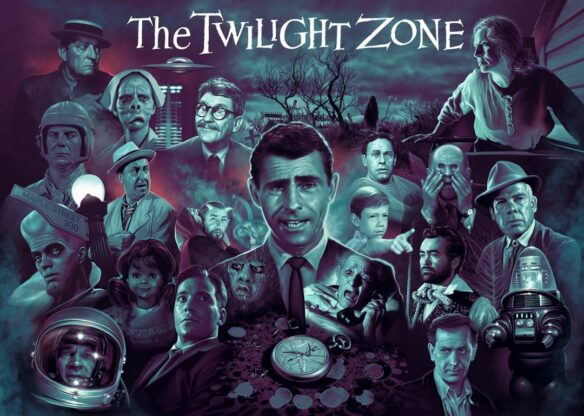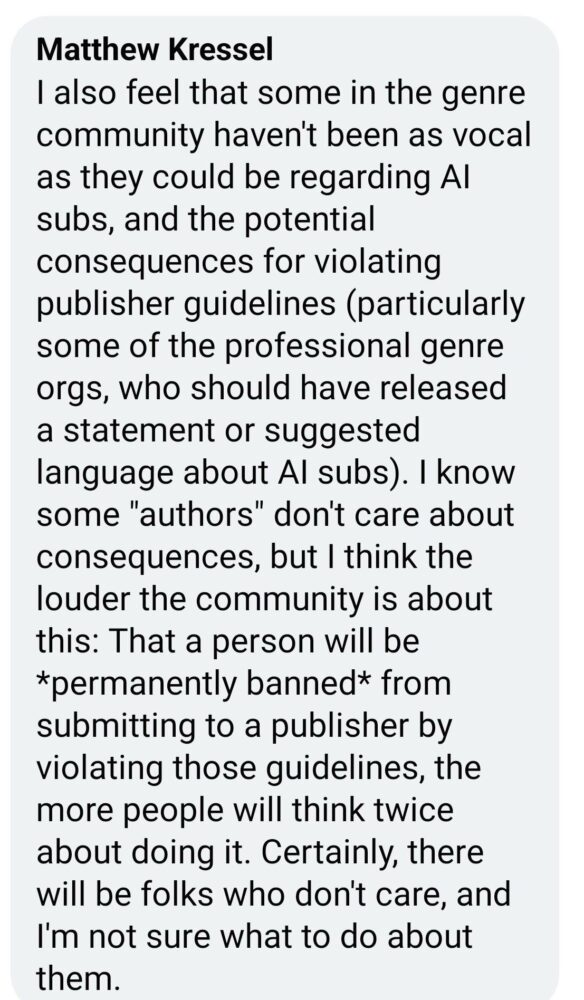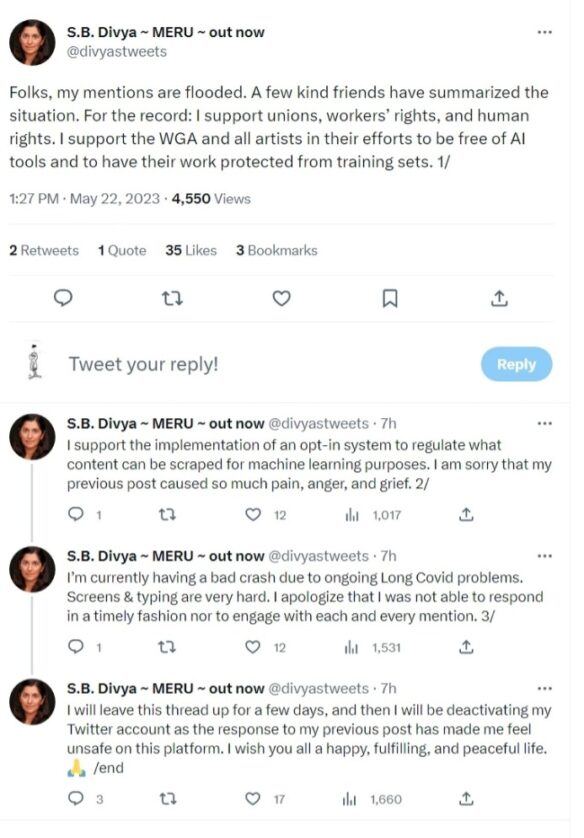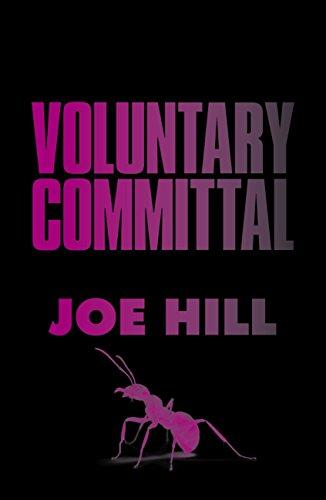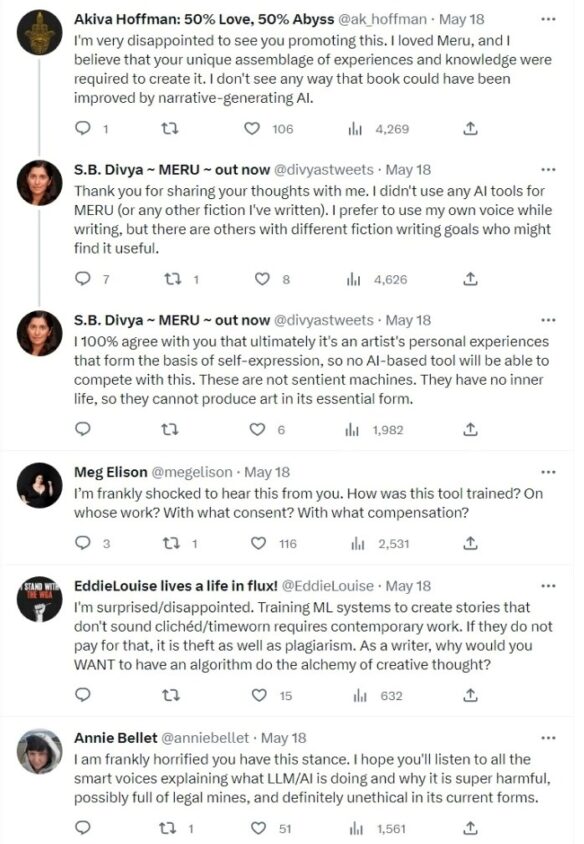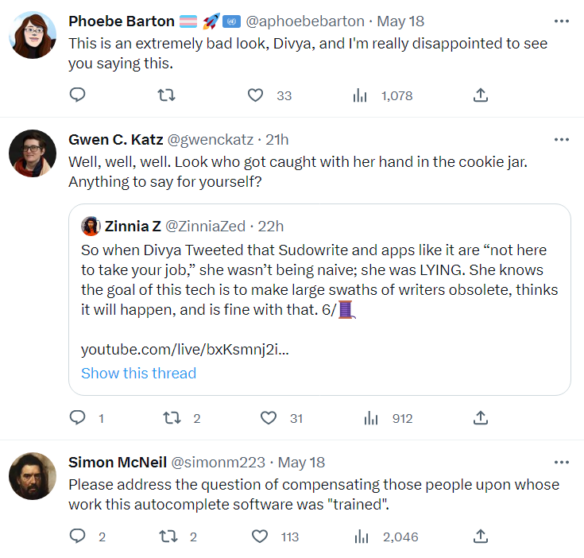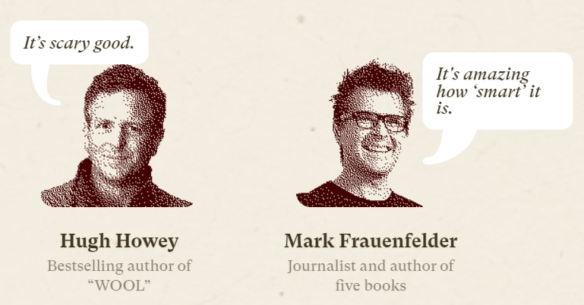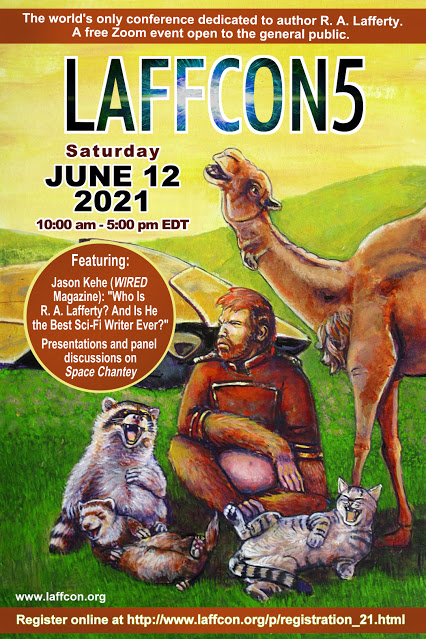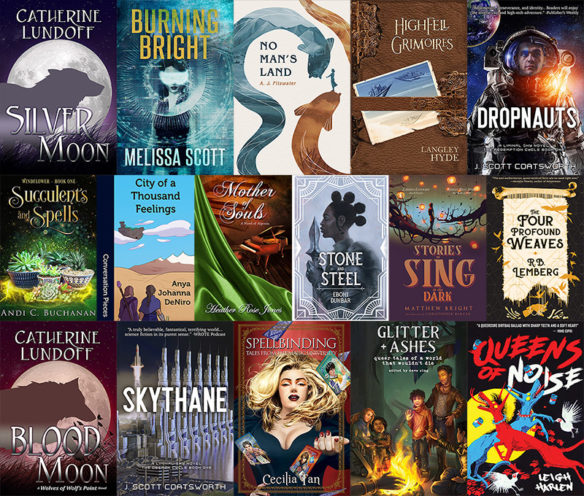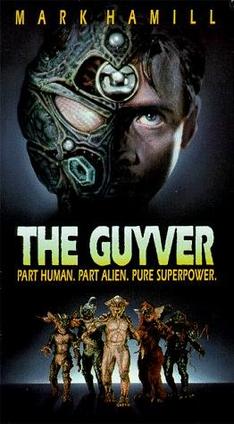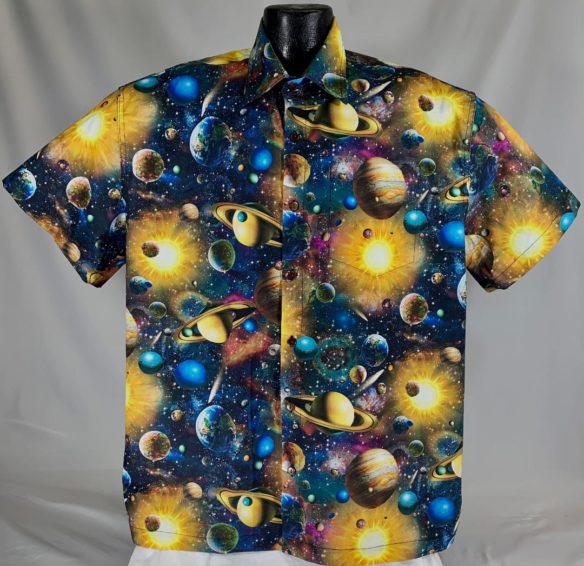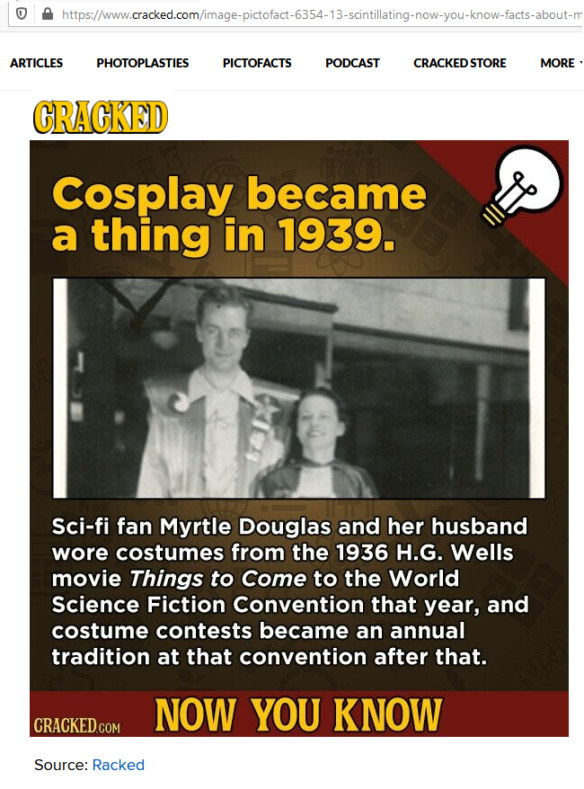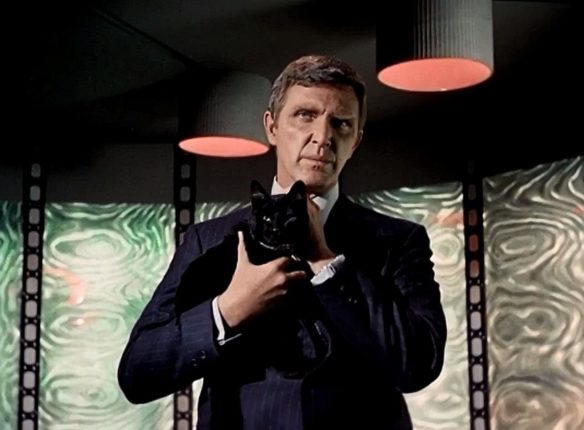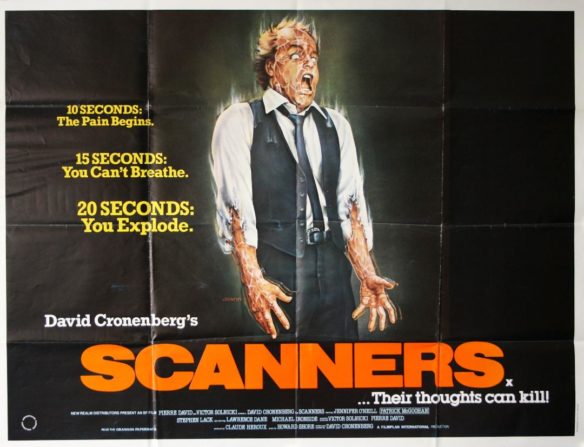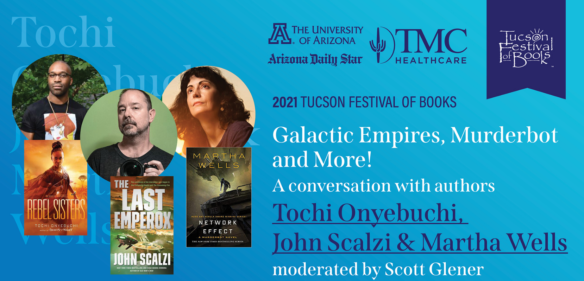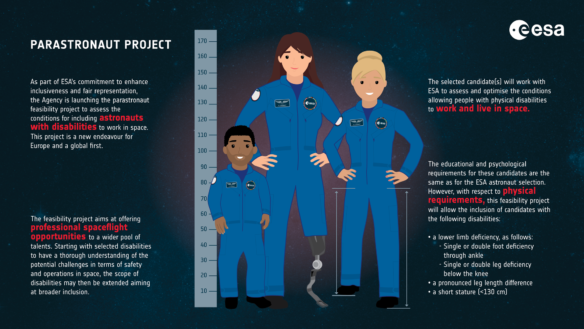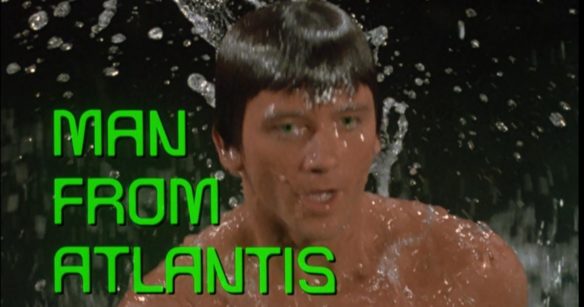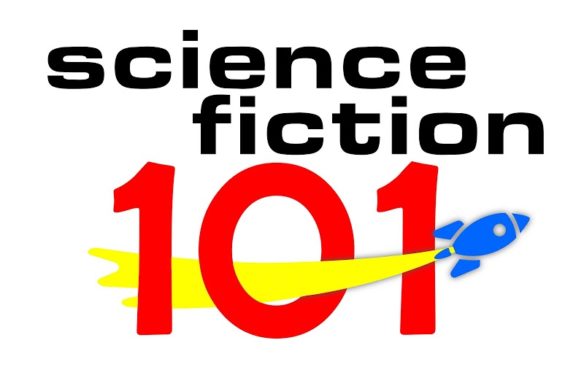(1) S.B. DIVYA FREE ONLINE READING. Space Cowboy Books of Joshua Tree, CA will host an “Online Reading & Interview with S.B. Divya” on March 18 at 6:00 p.m. Pacific. Free registration at the link.
Finding a place to belong becomes a girl’s ambitious quest in a thrilling epic about space, humanity, and self-discovery by S.B. Divya, Hugo and Nebula Award finalist and author of Meru. Akshaya is the hybrid daughter of a human mother and an alloy, a genetically engineered posthuman–and she’s the future of life on the planet Meru. But not if the determined Akshaya can help it. Before choosing where her future lies, she wants to circumnavigate the most historic orb in the universe–the birthplace of humanity: Earth. Akshaya’s parents reluctantly agree to her anthropological challenge–one with no assistance from alloy devices, transport, or wary alloys themselves who manage humanity and the regions of Earth called Loka. It’s just Akshaya; her equally bold best friend, Somya; and a carefully planned itinerary threading continent by continent across a wondrous terrain of things she’s never seen: blue skies, sunrises, snowcapped mountains, and roiling oceans. As the adventure unfolds, the travelers discover love and new friendships, but they also learn the risks of a planet that’s not entirely welcoming. On this trek–rapturous, dangerous, and life-changing–Akshaya will discover what human existence really means.
Get your copy of Loka HERE
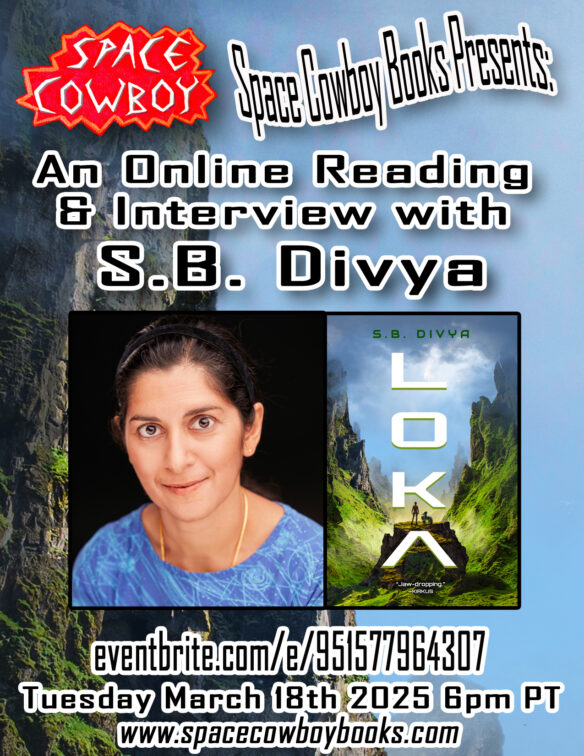
(2) EO HITS LIBRARY SUPPORT. “Executive Order Eliminates Agency That Supports Libraries” at Publishers Lunch.
A new executive order issued Friday called for the elimination of the Institute of Museum and Library Services, the nation’s only federal agency for supporting libraries. The office of 75 workers administers grants to libraries throughout the US. The executive order reads: “the non-statutory components and functions of the following governmental entities shall be eliminated to the maximum extent consistent with applicable law, and such entities shall reduce the performance of their statutory functions and associated personnel to the minimum presence and function required by law.”
The IMLS had requested grant money of approximately $255 million for fiscal 2025, and an administrative budget of $24.5 million.
The American Library Association writes in a release, “ALA implores President Trump to reconsider this short-sighted decision. We encourage U.S. Congress members, Senators and decision makers at every level of government to visit the libraries that serve their constituents and urge the White House to spare the modest federal funding for America’s libraries. And we call on all Americans who value reading, learning, and enrichment to reach out to their elected leaders and Show Up For Our Libraries at library and school meetings, town halls, and everywhere decisions are made about libraries.”
The release also lists some of the critical functions of public libraries including: Early literacy development and grade-level reading programs; summer reading programs for kids; high-speed internet access; employment assistance for job seekers ; and much more….
(3) SCIENCE POV. Michael Nayak, while plugging his new book, discusses “Scientist Storyteller: Crafting a Thin Line Between Science Fiction and Science Fact” at CrimeReads.
…Scientific advancements, environmental stressors, and geopolitical tensions can be inextricably linked. This road has been well-tread by masters of crime and science-fiction. In Jurassic Park, Michael Crichton used cutting-edge genetic science to resurrect dinosaurs, transforming bioengineering research into a harrowing lesson about nature’s unpredictability. Robin Cook’s medical thrillers, such as Coma and Outbreak, delve into the darker sides of biomedical innovation; these are stories about how technology intended for healing can result in unforeseen horrors. As a scientist and futurist in my day-to-day life, the fusing of credible scientific research into suspense and ethical complexity is something I relish.
The narrative approach of grounding extraordinary events in everyday science, and creating a recognizable sliver of reality, has made it easier for me as a reader to slip into the protagonist’s shoes. I can more immediately imagine myself in their situation, instead of suspending disbelief and going along for the ride. Andy Weir’s The Martian is a great example. The protagonist uses actual scientific principles and problem-solving strategies to overcome life-threatening challenges. Weir’s meticulous attention to detail on the minutiae of survival on Mars captured our imagination….
(4) MIÉVILLE COLLECTIBLE EDITION. Tomorrow The Folio Society will release a limited edition of China Miéville’s Perdido Street Station.
The Folio Society, independent publisher of beautifully illustrated hardback books, is partnering with award-winning fantasy and sci-fi author China Miéville for the ultimate edition of his iconic steampunk novel PERDIDO STREET STATION. First published 25 years ago in 2000, PERDIDO STREET STATION blends elements of fantasy, horror and science fiction and was nominated for several awards, winning the Arthur C. Clarke Award and the British Fantasy Award, establishing Miéville as a central figure in the “Weird Fiction” genre. The Folio Society limited edition, with a scant 500 copies available, will include the full text of the first edition, a new afterword by the author, and a map and striking art by award-winning illustrator Doug Bell, who is making his debut with the Folio Society.
Crafted with China Miéville’s close involvement, the 707-page PERDIDO STREET STATION Limited Edition from the Folio Society will feature a limitation page signed by the author and artist, printed map endpapers, iridescent foiling, a presentation box in the rough shape of a moth, and a black ribbon marker. Illustrator Doug Bell has contributed a binding and map revealing the layout of the city of New Crobuzon, as well as 8 black and white integrated chapter opening illustrations and 12 full-colour illustrations. The book will be bound in screen-printed and blocked canvas cloth, printed in black and metallic copper ink, and presented in a clamshell covered in paper which has been silver cold-foiled, printed, laminated and over-blocked in translucent foil with a design by the artist.
A fellow of the Royal Society of Literature, Miéville is the only author to have won the Arthur C. Clarke three times.
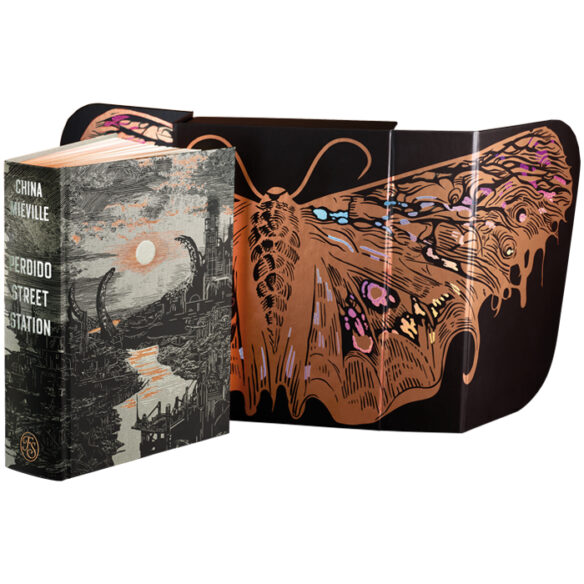


(5) TODAY’S BIRTHDAY.
[Written by Paul Weimer.]
March 17, 1948 — William Gibson, 77.
By Paul Weimer: The High Duke of Cyberpunk.
I first came to William Gibson like many other people, with Neuromancer. It took me a few years to get to it, I was still working through 50s to 80s SF through much of the 1980, so it wasn’t until I was an adult that I finally got a deep dive into Cyberpunk.
I started with Neuromancer, of course, and found out why everyone was so interested and so enthused about it. I still think it holds up, even now, I re-read it a few years ago. But I do admit that other Gibson novels stand on their own, and not on the shoulders of Neuromancer alone. But Neuromancer, Count Zero and Mona Lisa Overdrive are, basically, what a lot of people think of when they think of “cyberpunk”. One can thank, or blame, The Matrix for taking so many notes from the Sprawl books in order to transmit that aesthetic and idea into the mainstream.
The Difference Engine, for example, which he co-wrote with Sterling, feels very dated now (and some of his attitudes are pretty awful, I think, even now), but it stands as an icon of Steampunk even today. Once again, aesthetics are important, even more so than Cyberpunk, in conveying a mood and an idea (or even, gasp, a VIBE) to science fiction.
But would I have new readers start with either? No. I think the novel that really captures his voice, his importance and his strengths as a writer is The Peripheral. I highly enjoyed the Amazon series, even given the liberties that it took with the source material, but I think that it is a good way for people to be introduced to the virtual reality and other technological ideas that Gibson brings to the table. In a real way, The Peripheral shows how important Gibson and his point of view on technology and science fiction are in a way few have matched in any era. That makes him, in my mind, one of the advocates of a phrase I coined during the Chengdu Ineligibity, of the Science Fiction Project.
So in the end one might say that Gibson is a godfather, or one of the prime movers at the very least, of two subgenres of science fiction, in addition to being an advocate for the Science Fiction Project. That’s a solid legacy. And as mentioned above with The Peripheral, people are still discovering and enjoying Gibson for the first time.

(6) COMICS SECTION.
- Brevity makes an elementary joke.
- The Argyle Sweater avoids a medical challenge.
- Tom Gauld advocates space sensitivity.
(7) SHORE/CRONENBERG Q&A. [Item by Steven French.] Director David Cronenberg and film composer Howard Shore talk about their work together ahead of their next film, The Shrouds. “’Something must have gone wrong with us’: David Cronenberg and Howard Shore on four decades of body horror” in the Guardian.
What would having sex in a car crash sound like, as music? What about a gynaecological exam performed by identical twins, or a man’s transmogrification into a grotesque human-insectoid hybrid? These are just some of the challenges faced, over more than 40 years and upwards of a dozen films, by the composer Howard Shore as part of his long collaboration with the director David Cronenberg. Shore, 78, may have won three Oscars for the magisterial sweep of his Lord of the Rings score, but it is his work on the 81-year-old Cronenberg’s notorious body-horror movies, from The Fly to Dead Ringers and Crash, that is most indelible. Those last two films will be screening this month as part of a wider tribute to Shore’s work at the London Soundtrack festival, where the composer will appear with his director-collaborator for an onstage conversation. Ahead of that encounter and the release of their next collaboration, The Shrouds, the pair sat down to talk about their long, bloody body of work….
(8) STEERING HUMAN EVOLUTION. [Item by Steven French.] Here’s an interesting addendum to Jonathan Cowie’s recent review of Mickey-17! “How humans can reinvent themselves to live on other worlds” at Phys.org.
… The stresses of the space environment are likely to become more concerning as explorers and settlers go beyond Earth orbit and our planet’s protective magnetic shield. Which gets us back to the things that can kill Mickey 17 and other earthly life forms.
Radiation is the top concern. The studies done to date suggest that astronauts could be exposed to cancer-causing levels of radiation during a three-year mission to Mars and back. Thick shielding could reduce the risk, but Mason suggests using genetics as well.
“For example, tardigrades are these water bears that can survive even the vacuum of space and heavy doses of radiation,” he says. “We’ve made cells in my laboratory that can actually take a tardigrade gene and use it in a human cell, and have this increase of radiation resistance—an 80% decrease in the [DNA] damage that we observe.”…
(9) YOU CAN’T WIN, YOU CAN’T BREAK EVEN, AND YOU CAN’T GET OUT OF THE GAME. [Item by Mark Roth-Whitworth.] Space.com asks “is our universe trapped within a black hole?” It seems that two-thirds of distant galaxies observed by the Webb Telescope are rotating one way, the same as nearer ones, and one third in the opposite direction.
Which leads me to two questions: what’s the difference between the rotations, if there is no preferred direction “up”?
The other… I’d love to hear someone explain to me how this would be different from living in a four-dimensional torus-shaped universe. “Is our universe trapped inside a black hole? This James Webb Space Telescope discovery might blow your mind”.
… Black hole cosmology, also known as “Schwarzschild cosmology,” suggests that our observable universe might be the interior of a black hole itself within a larger parent universe.
The idea was first introduced by theoretical physicist Raj Kumar Pathria and by mathematician I. J. Good. It presents the idea that the “Schwarzchild radius,” better known as the “event horizon,” (the boundary from within which nothing can escape a black hole, not even light) is also the horizon of the visible universe.
This has another implication; each and every black hole in our universe could be the doorway to another “baby universe.” These universes would be unobservable to us because they are also behind an event horizon, a one-way light-trapping point of no return from which light cannot escape, meaning information can never travel from the interior of a black hole to an external observer.
This is a theory that has been championed by Polish theoretical physicist Nikodem Poplawski of the University of New Haven.
Black holes are born when the core of a massive star collapses. At its heart is matter with a density that far exceeds anything in the known universe.
In Poplawski’s theory, eventually, the coupling between torsion, the twisting and turning of matter, and spin becomes very strong and prevents the matter from compressing indefinitely to a singularity.
“The matter instead reaches a state of finite, extremely large density, stops collapsing, undergoes a bounce like a compressed spring, and starts rapidly expanding,” Poplawski explained to Space.com. “Extremely strong gravitational forces near this state cause an intense particle production, increasing the mass inside a black hole by many orders of magnitude and strengthening gravitational repulsion that powers the bounce.”The scientist continued by adding that rapid recoil after such a big bounce could be what has led to our expanding universe, an event we now refer to as the Big Bang.
“It produces a finite period of cosmic inflation, which explains why the universe that we observe today appears at largest scales flat, homogeneous, and isotropic,” Poplawski said….
(10) CUT TO THE BONE, AND THROUGH. The Planetary Society today sent out a newsletter that leads with the news reported by Ars Technica in its article “White House may seek to slash NASA’s science budget by 50 percent”.
White House is considering a staggering 50% cut to NASA’s Science Mission Directorate in the 2026 budget request. Such a dramatic cut, if implemented, would have widespread negative consequences, including the cancellation of nearly every planned spacecraft project, the premature termination of active missions throughout the Solar System, and the rapid constriction of the related scientific and technical workforce in the United States.
It would be nothing short of an extinction-level event for NASA’s science activities.
While no formal budget submission has been made, this report is credible. It is consistent with the administration’s stated spending goal and, notably, with a proposal released by the conservative think tank, Center for Renewing America, in 2023. This alternative budget declared that “every executive branch agency must focus on its core mission. For NASA, that is Deep Space Exploration, putting Americans back on the Moon, and looking to Mars…The Budget also proposes a 50% reduction in NASA Science programs and spending.” I reference this document because the organization’s founder and President, Russell Vought, is now the Director of the White House’s Office of Management and Budget, which is responsible for the upcoming budget request …
(11) SECRETS OF OUR MILKY WAY. [Item by SF Concatenation’s Jonathan Cowie.] Back in the late 1990s, SF² Concatenation co-founding editor Graham Connor kindly invited me for a week at ESA’s European Space Research and Technology Centre in the Netherlands. (Incidentally, ESTEC was where SF author Alastair Reynolds also worked, and he must have been there unbeknownst to us at that time.) Graham would work during the day designing and testing satellite microwave communication systems while I raided the ESTEC library (that’s when on the way home I found out that a ream of photocopy paper imaged similarly to plastic explosives on the then airport security scanners… but that’s another story). At the time I was at ESTEC I visited their press office, and they were all agog with the forthcoming ESA Gaia Probe: I still have Gaia magnetic badges on my fridge. Gaia has now come to the end of its life and the Astrum YouTube Channel has now posted an 18-minute vid on what we have learned from this remarkable space telescope…
ESA’s Gaia telescope has reached the end of its life, but what has it discovered about our Milky Way galaxy’s hidden secret?
[Thanks to Mark Roth-Whitworth, Steven French, Kathy Sullivan, Teddy Harvia, Mike Kennedy, Andrew Porter, John King Tarpinian, Chris Barkley, Cat Eldridge, and SF Concatenation’s Jonathan Cowie for some of these stories. Title credit belongs to File 770 contributing editor of the day Xtifr.]

